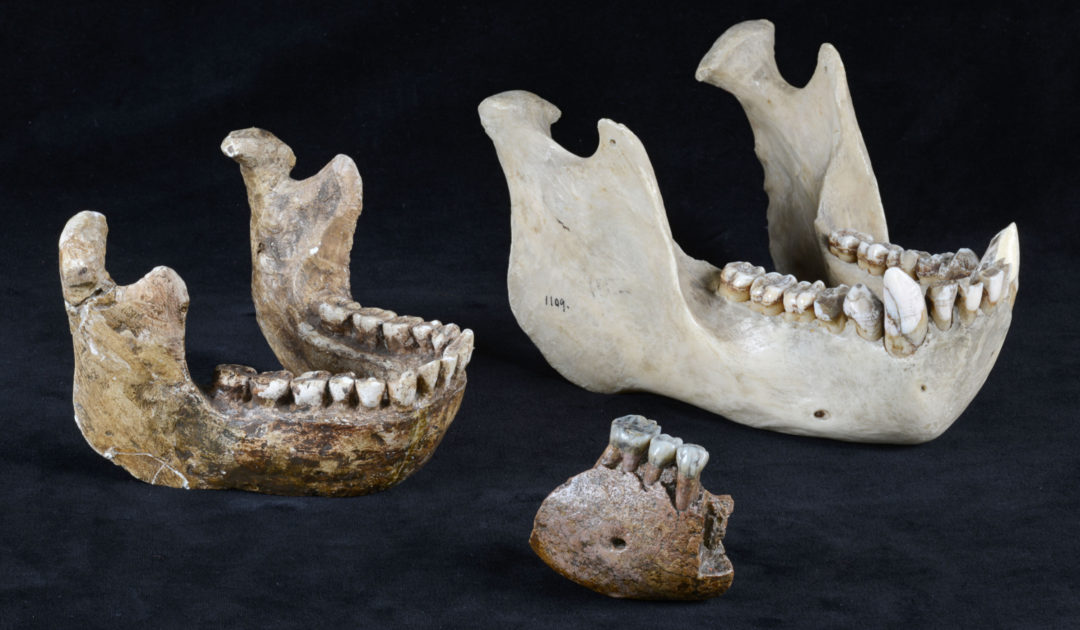Palaeoanthropology
The Section closely cooperates with the Research Centre ROCEEH of the Heidelberg Academy of Sciences and with New York University in the field of Human Paleobiomics.

The Section closely cooperates with the Research Centre ROCEEH of the Heidelberg Academy of Sciences and with New York University in the field of Human Paleobiomics.